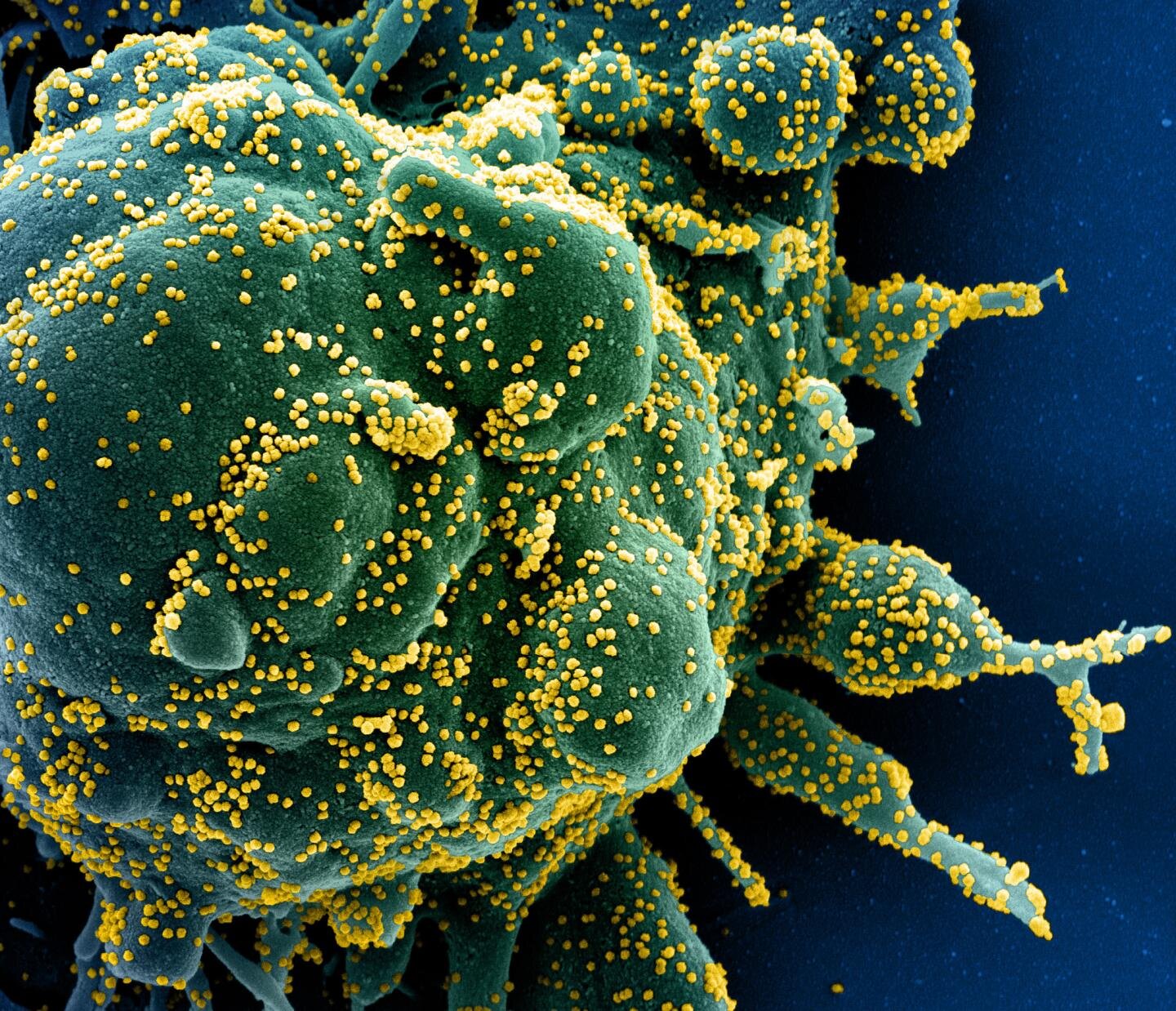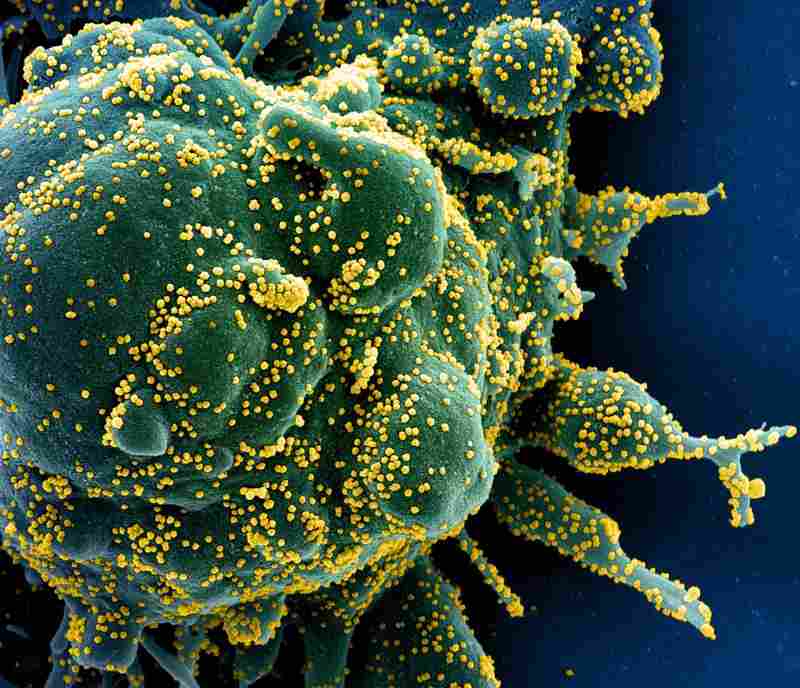
- 2020-11-11
- 0.0 Reitingas
- 729 Peržiūrų
- Aptarti
A study of nearly 2,000 Marine recruits who went through supervised quarantine before starting basic training revealed several instances of asymptomatic transmission of SARS-CoV-2, the virus that causes COVID-19, despite the quarantine measures.
The findings have important implications for the effectiveness of public health measures to suppress transmission of COVID-19 among young adults, whether in military training, schools, or other aspects of the pandemic.
The researchers from the Icahn School of Medicine at Mount Sinai and the Naval Medical Research Center studied new Marine recruits while they were in a two-week supervised quarantine. The study results, publishing November 11 in The New England Journal of Medicine, showed that few infected recruits had symptoms before diagnosis of SARS-CoV-2 infection, that transmission occurred despite implementing many best-practice public health measures, and that diagnoses were made only by scheduled tests, not by tests performed in response to symptoms.
"We were honored that the U.S. Navy gave us the opportunity to collaborate on studying SARS-CoV-2 in Marine recruits," says Stuart Sealfon, MD, the Sara B. and Seth M. Glickenhaus Professor of Neurology at the Icahn School of Medicine at Mount Sinai. "This is a difficult infection to suppress in young people, even with close supervision of their mask wearing, social distancing, and other mitigation measures. We find that regular testing not dependent on symptoms identifies carriers who can transmit SARS-CoV-2. We hope this information helps in developing more effective measures to keep military installations and schools safe."
The study data revealed asymptomatic spread of the virus even under strict military orders for quarantine and public health measures that most likely experienced better compliance than what would be possible in other youth settings like college campuses. The researchers noted that daily temperature and symptom checks did not detect infections among the recruits and that the virus was largely transmitted within a given platoon group where trainees tended to be near one another.
The study focused on 1,848 study participants who were enrolled from nine different Marine recruit classes, each containing 350 to 450 recruits, between May 15 and the end of July. The participants were offered enrollment in a prospective, longitudinal study after self-quarantining at home for two weeks prior to arrival at basic training. Once they arrived, they were required to follow strict group quarantine measures with two-person rooms for two weeks—the duration of the study period—before the start of the actual training. The supervised group quarantine took place at a college used only for this purpose. Each recruit class was housed in different buildings and had different dining times and training schedules, so the classes did not interact.
Each weekly class was further divided into platoons of 50-60. During the study period, all recruits wore cloth masks, practiced social distancing of at least six feet, and regularly washed their hands, and each recruit had just one roommate. Most of their instruction, including exercising and learning military customs and traditions, was done outdoors. After each class finished quarantine, a deep cleaning, using bleach on surfaces, occurred in all rooms and common areas of the dormitories before the arrival of the next class.
To determine asymptomatic and symptomatic SARS-CoV-2 prevalence and transmission during supervised quarantine, participants were tested within 2 days of arrival, at 7 days, and at 14 days using a nasal swab (PCR) test authorized for emergency use by the U.S. Food and Drug Administration. Analysis of viral genomes from infected recruits identified multiple clusters that were temporally, spatially, and epidemiologically linked, revealing multiple local transmission events during quarantine.
"The identification of six independent transmission clusters defined by distinct mutations indicates that there were multiple independent SARS-CoV-2 introductions and outbreaks during the supervised quarantine," said Harm van Bakel, Ph.D., Assistant Professor of Genetics and Genomic Sciences at the Icahn School of Medicine at Mount Sinai. "The data from this large study indicates that in order to curtail coronavirus transmission in group settings and prevent spill-over to the wider community, we need to establish widespread initial and repeated surveillance testing of all individuals regardless of symptoms."
Insight into COVID-19 characteristics and SARS-CoV-2 transmission in military personnel has relevance to developing safer approaches for related settings composed primarily of young adults such as schools, sports, and camps.
"Our study highlights the power of Navy Medicine research to deploy and overcome many logistical hurdles during a pandemic and quickly stand up an institutional review board-approved study. These results will improve the medical readiness of our Marines and should help inform public health policy across the Navy, Department of Defense, and society at large to decrease transmission of SARS CoV-2," said Cmdr. Andrew Letizia, MD, Deputy Director of the Naval Medical Research Center's infection disease directorate and lead researcher for the study.
- by The Mount Sinai Hospital
- Colorized scanning electron micrograph of an apoptotic cell (green) heavily infected with SARS-COV-2 virus particles (yellow), isolated from a patient sample. Image captured at the NIAID Integrated Research Facility (IRF) in Fort Detrick, Maryland. Credit: NIH/NIAID
...kadangi jau perskaitėte šį straipsnį iki pabaigos, prašome Jus prisidėti prie šio darbo. Skaitykite „Paranormal.lt“ ir toliau, skirdami kad ir nedidelę paramos sumą. Paremti galite Paypal arba SMS. Kaip tai padaryti? Iš anksto dėkojame už paramą! Nepamirškite pasidalinti patikusiais tekstais su savo draugais ir pažįstamais.
Turite savo nuomone, tapk autoriumi, prisijunk ir rašykite bloge. Dalinkitės receptais, sveikatos patarimais, nutikimais, susidūrėte su nekasdieniškais reiškiniais. Galite išversti iš užsienio kalbos, talpinkite su nuoroda. Laukiame Jūsų straipsnių, naujienų, apžvalgų ar istorijų!
Susijusios naujienos
Būkite pirmi, kurie pasidalins savo nuomonėmis su kitais.
Skaityti daugiau
Skaityti daugiau
Skaityti daugiau
Skaityti daugiau

